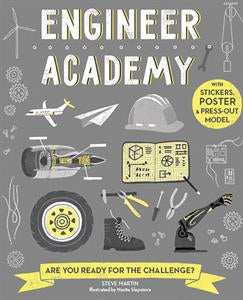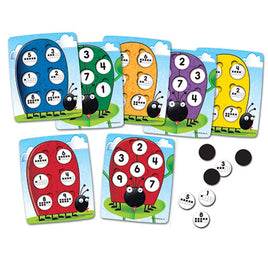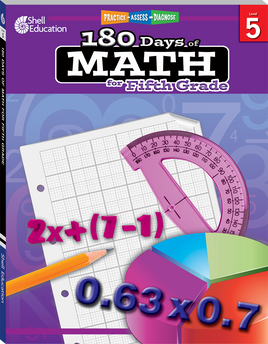- Bargain Bin: Clearance or Used
- Discontinued or Limited Quantities
- Used - Singapore Primary Math Common Core Editions
- Advanced Mathematics
- Art & Music
- Christian Curriculum
- Educational CDs & Videos
- Educational Games
- Educational Puzzles
- Foreign Language
- General Curriculum
- General Mathematics
- Geography
- Government & Economics
- History
- Homeschool Helps
- Language Arts
- Lesson Planners & Records
- Logic & Critical Thinking
- Phonics & Reading
- Early Learning
- Reading & Literature
- Reference
- Science
- Social Emotional and Character Development
- Special Needs
- Test Prep
- Unit Studies
- Home
- Engineer Academy
Engineer Academy

Regular price
$12.99
Sale
Packed full of great illustrations, fun facts, and absorbing activities, it guides readers through each strand of engineering science – Mechanics, Aerospace, Robotics, Energy, and Materials. Practical projects, each carefully designed to introduce the kinds of skills required by real-life engineers, help kids pick up the basics in a fun, hands-on way. Design a robot, learn how to construct a simple car, create levers and pulleys, build paper planes, plus many other educational and inspirational activities – the sky’s the limit!
Series: Academy Series
The academy series features activities, cool quizzes, and super skill tests. Stickers, model, poster, and games included. Whimsical art and creative fun for anywhere!
Age 7+
Publisher: Kane MillerAge 7+
Size 7 3/4 x 9 1/2
Pages 64
Series Academy Series
Author Steve Martin
Ithaca Child, "Alexander's Library" Engineers are the folks who use science to solve problems. They use their knowledge and skills to design, build, and repair the things we use, from roads to robots. This book introduces readers to different fields of engineering: mechanical engineering, aerospace engineering, energy and alternative-energy engineering, materials engineers and robotics. Grab your ID badge (page 7) and head to the lab! First lessons at the Engineer Academy are about machines, and there are plenty of hands-on activities exploring levers, pulleys, and wheels. Yes, you design a car; no, it doesn't have an engine. In aerospace class you compare wing properties, and in robotics class you make a 'grabber arm'. There are electrical circuits to connect, and a press-out wind turbine to construct. In addition to making things, engineers study the properties of materials such as plastics and metals. Those properties make each material useful for different tasks--for example, glass makes a better window than brick. The book ends with the Engineers’ Code, something we could all use in our lives. For example: working safely and keeping ourselves and other people free from harm, and making sure that we understand what needs to be done before diving into a project.













